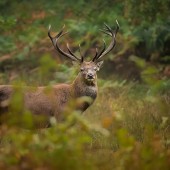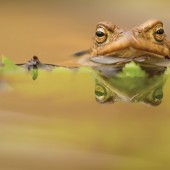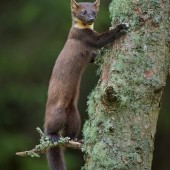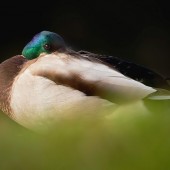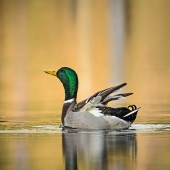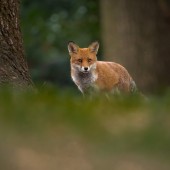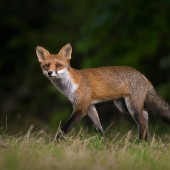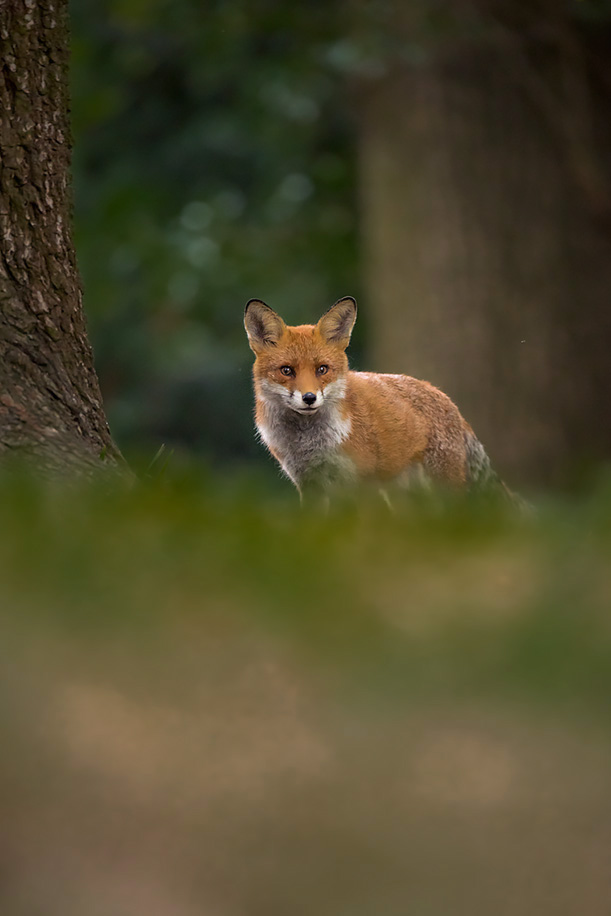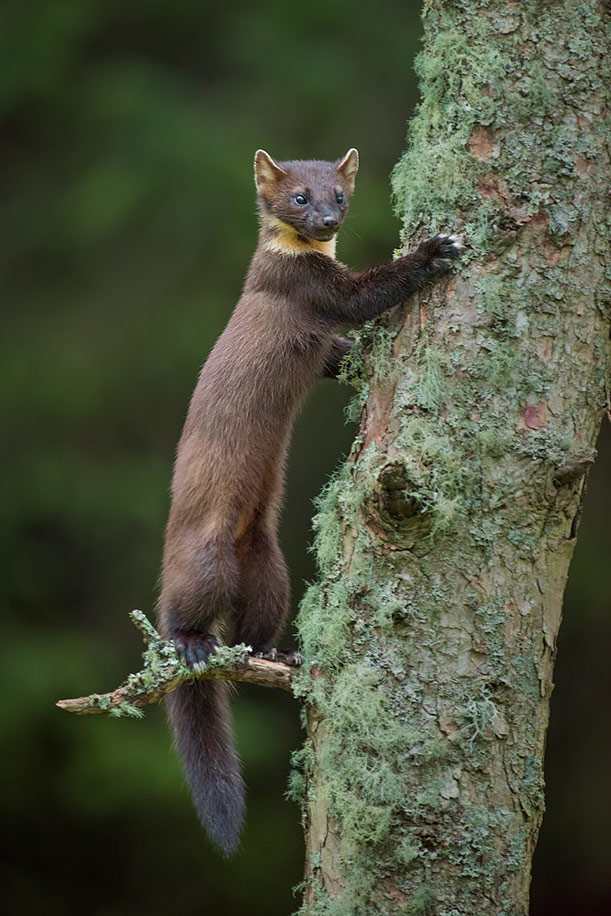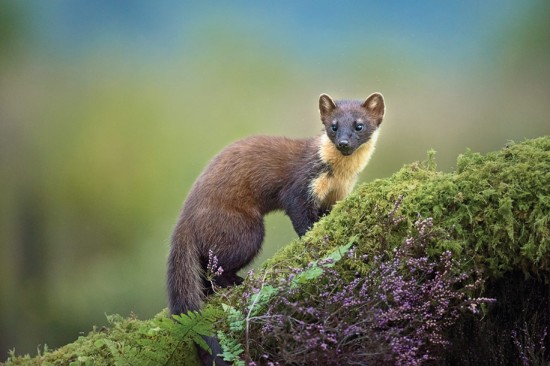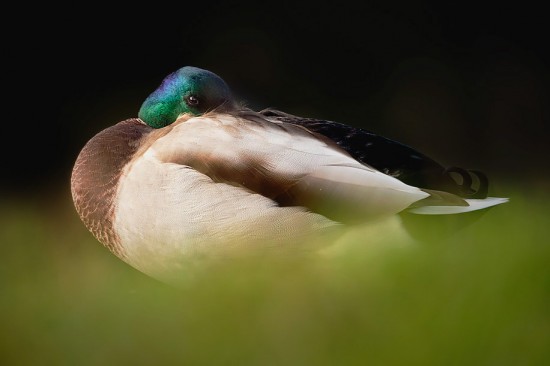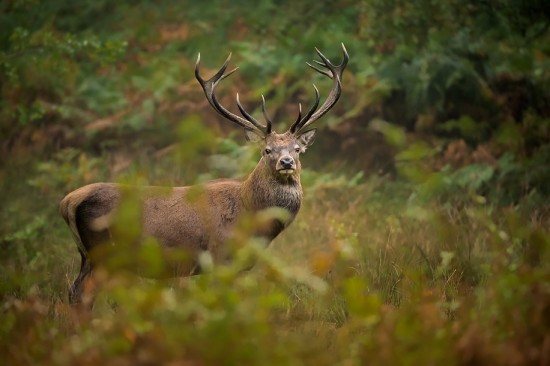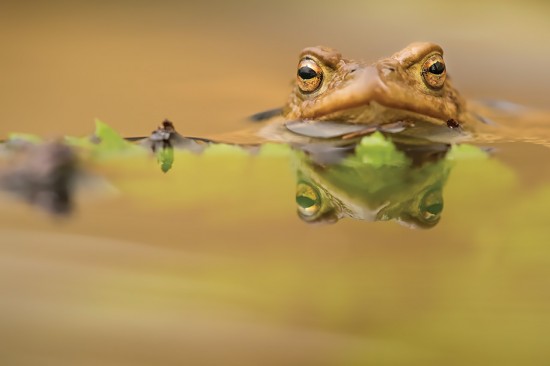Des Ong (website | Facebook | Instagram) shares his initial impressions on using the D810 for wildlife photography (see also his previous guest post):
A few months ago I had the opportunity to try the D800e as I was looking for a backup body. Some of you may recall from my previous article [link?] that I wasn’t very keen on this camera.
Then in June the D810 launch newsletter landed in my inbox, and I found myself once again looking at a super-high megapixel body. This time though, the specs looked a little more interesting.
There were essentially four things that got me to consider this camera. The first was the new AF, the faster frame rate, the redesigned shutter/mirror mechanism, and finally the quieter shutter. There were also many other welcome changes, like improved noise control, the deeper grip design, and longer battery life etc. On paper at least, this looks to be a phenomenal camera.
A month or so later, the first batch of cameras became available. Real-world sample images, which are what I normally go by, began to surface, as did the user feedbacks. Overall I was impressed by what I saw and heard and so I thought I’d give it a try.
Having used it now for a few weeks, I thought I’d share with you my initial thoughts of using this camera for my work in wildlife photography. It might be worth mentioning that my main body at the time was D3s, so I’m deriving my experience based on the differences to this body.
Living and working mainly in the UK, light is always a challenge when it comes to photographing wildlife. Often I work at dusk and dawn where the shyer creatures are active and more importantly, visible for recording.
I have found that in low light, the D810 performed as good, if not better than my D3s. On one occasion, a friend of mine that was using a D4 was next to me shooting at dusk, and while he had a bit of a struggle at focusing on a moving subject, I was able to look on with the D810. This came as a bit of a surprise to me.
For tracking in better light, I have found that it was less hesitant than my D3s. For example, using the same lens, there were less ‘jitters’ when tracking a subject, meaning the focus was continuous and smooth.
This is the quietest camera I have used. In wildlife photography, this is a real plus. There have been a number of occasions in the past where the subjects were spooked because of the loud shutter/mirror flaps. Not all animals react this way, but many do, and especially if you are very close to them.
When I was photographing the foxes, the vixen in particular is so sensitive to the clicks that she literally jumps when the camera goes off. My workaround in this situation is to wrap a fleece jumper around the camera body. I have used this method with reasonable success over the last few years shooting anything from a Kingfisher to a European Badger. It’s worth noting that this is generally only necessary at the early stages, as most animals do normally get accustomed to your noise and scent once they realize that you are of no significance to their daily lives.
The dampened D810 was a joy to use. With care, I was able to shoot in the quiet-continuous mode, which was not possible with the D3s with some of the subjects I was photographing.
Unsurprisingly, it’s not as clean as my D3s. Even with a new processing engine, at 3x the number of pixels, something’s got to give. I would put it about 1.5 to 2 stops noisier.
New shutter/mirror mechanism
When I was trialing the D800e, I did find that a good number of my shots were blurred. This was mainly due to the fact that I was used to shooting with a much more forgiving 12MP body. This sloppy technique is easily magnified in a high-resolution capture.
I don’t understand the engineering behind this new design, but what I can tell you is that it works very well. I have no more blurred image than I normally get when I was shooting with a D3s. These are normally the effect of shooting at very low shutter speed with a telephoto lens in less than ideal lighting conditions, like less than a hundredth of a second at 500mm with a moving subject.
Having become used to ‘only’ having 12MP, I find 36MP a bit excessive. I think 24MP would be better. This would allow for a slight crop for composition, and still attain a reasonable resolution for most applications.
Normally I try to save every usable pixel as my stock agencies require a much larger file size than what my camera can capture. So virtually all my images were upsized a little before submission. This is normally not a problem if the initial photo is decent enough and the enlargement isn’t too exaggerated. So being presented with a much greater initial file size does help in preserving output resolution.
What I do find useful though, is that through setting a function button, I’m able to simultaneously attain a better composition in the camera with a reduced file size, by switching to the various crop modes.
What’s good about this digital ‘zoom’ also, is that it enables you to get a much tighter crop without sacrificing speed. This feature may mean saving a valuable stop when shooting in low light.
Thus far I’m very impressed with what this camera can do for me. There are some other aspects that I have not fully tested such as the lower (than my D3s) frame rate. So I don’t know if 6/7 FPS is quite quick enough for the majority of the action shoots I do. I suspect in some cases probably not.
There is no one camera that will fit an individual’s requirements completely. When I look for a camera, I look at the features that best serve my needs or what it will enable me to achieve, at a given budget. Currently, the D810 fits the bill.
Please note that the above is no more than my observations from using this camera in the field in the last few weeks. I don’t posses the right qualification nor have the patience to carry out any controlled tests. If you are considering getting a D810, I would encourage you to talk to your preferred retailer, as well as trying one out, before making a decision.
If you enjoy seeing wildlife images and would like to follow what I’m working on, please visit my Facebook page (www.facebook.com/desongphotography). Don’t forget to say hi! Alternatively, you’re welcome to see more of my work at the main website (www.desong.co.uk).
If you have an interesting idea for a guest post, you can contact me here.
